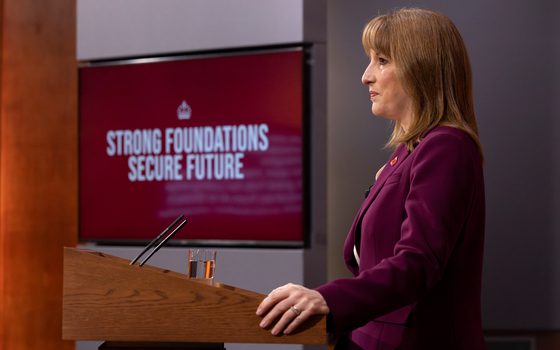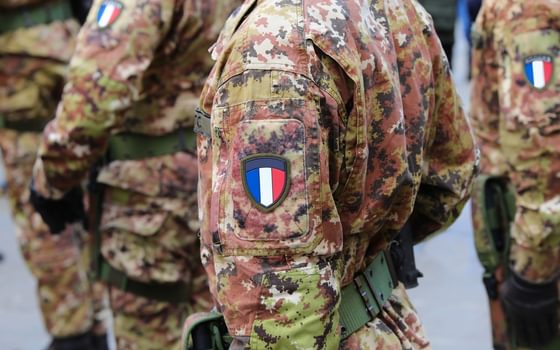The Mutual State
How local communities can run public services
23 September 2001
There is a wave of experimentation, from new non-profit schools to health, housing and leisure services being run by the communities they serve.
The debate between public and private ownership is going nowhere fast. But there is real energy and innovation in what we call social ownership, non-profit co-operative and voluntary sector models for running public services. They show how to put the public back into public services.Examples include:
- Ealing Community Transport, set up by social services and now serving eight local councils and 425,000 households with recycling and community transport services
- Greenwich Leisure, which has increased the number of leisure facilities in its borough from seven to eleven, halved the cost to the local authority and has been copied in thirteen other towns and cities.
- Kings College, Surrey, the first school to convert to independent status, run by non-profit company 3Es, which in three years has achieved students’ GCSE results twice the level of the national average.
A full programme of mutualisation, the report says, would start with public services that have clearly failed. It would focus on smaller-scale organisations, such as schools or hospitals, with ‘populations’ of 400 – 600 people. The National Health Service (NHS) could be ‘de-merged’ into a MHS (Mutual Health Service) built on smaller, more manageable self-governing mutuals. The exceptional record of tenant-owned or managed housing should be recognised. Local education authorities should be reformed as ‘secondary mutuals’.
“This is a fresh approach for renewing public services and re-engaging citizens,” says Ed Mayo. “It is the next agenda for public services.“
Topics Public services







